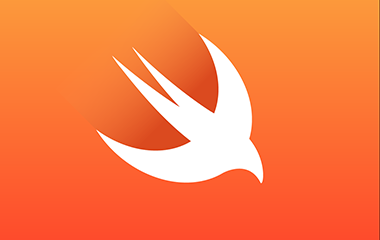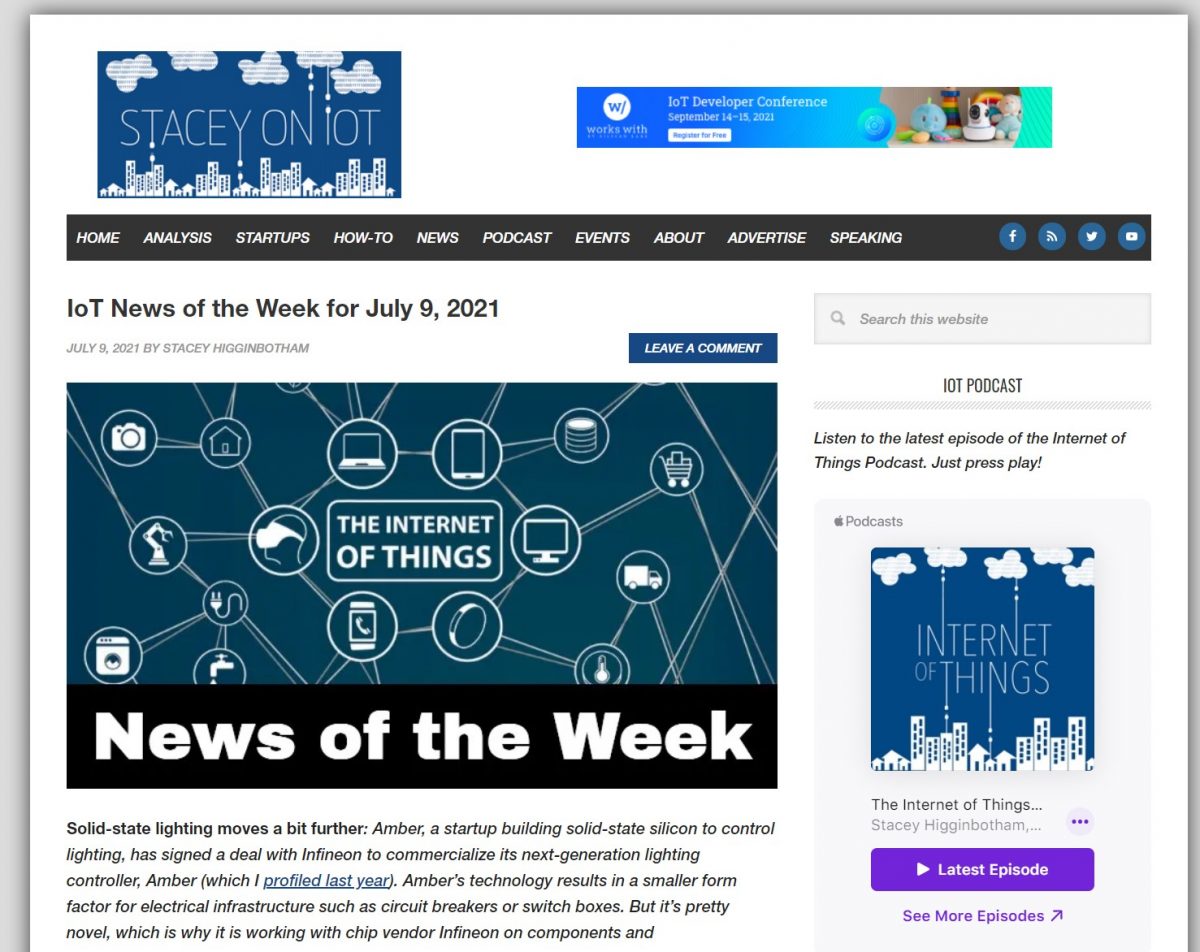The dream of every developer is to be able to write code once and deploy everywhere. This allows for smaller teams to deploy more reliable products to a wider variety of users. Unfortunately, due to the numerous different operating systems with varying underlying kernels and user interface APIs, this often turns into a nightmare for developers.
Why interpreted languages are insufficient
Interpreted languages like Python in theory are great for cross platform code deployment. There are interpreters available for nearly any platform in existence. However, in a number of crucial ways, they fall short. First is the relative difficulty in protecting intellectual property. Because the code is not compiled, it is viewable to anyone in plain text. This requires techniques such as obfuscation or Cython compilation, both of which make debugging and deployment very complicated. Even semi-compiled languages such as Java can suffer from this problem.
Another major issue with shipping interpreted code to end users is the installation size. Shipping the python interpreter, pip, a number of pip packages, and the code can easily exceed a gigabyte on disk for even a simple application. Electron suffers from similar issues, having to bundle an entire Chromium install. This often results in subpar apps that love to consume memory.
Finally, dependency management on end users’ machines tends to be very unreliable with Python. If the code a developer is shipping relies on a specific package version (for example, Tensorflow 2.4.2), an install script attempting to install that package may encounter a version conflict. The script at this point must make the decision to abort or overwrite the user’s existing package. Both of these result in an extremely poor user experience. Packaging tools such as pipenv attempt to solve this, but this assumes that the user has the tool installed and that the version the user has installed matches that of the install script. Another way to solve this is to create an entirely separate Python install on the user’s machine, but this takes up unnecessary space and is still not immune to reliability issues and version conflicts. Additionally, the requirement of an internet connection is a concern for customers whose internet access may be limited or restricted for security reasons.
Compiled language candidates
Compiled languages are an alternative to interpreted languages that are able to fulfil the requirements of intellectual property protection, small installation size, dependency management, and reliability. Below we consider a few:
C/C++
Pros
- Mature compilers available for every OS
- Decades of well documented and tested libraries that are multiplatform
- Well understood by developers everywhere
Cons
- No support for modern language features such as copy-on-write, optionals, built-in JSON parsing, etc.
- Weakly typed with no null protections
- Inconsistent standard library between Unix-based and Windows-based platforms without additional dependencies
- No standard package manager
GO
Pros
- Fast compiles
- Relatively simple syntax
- Statically typed
Cons
- Garbage-collection-based memory management can lead to performance issues
- No generics
- Omits some features from more complex languages that help to reduce boilerplate code
- Somewhat of a niche language that reduces overall usability due to the lack of available open source packages and community help
Rust
Pros
- Modern language with strict typing, generics, patterns, etc.
- “Automatic” memory management at compile time
- Large community support
Cons
- No stable ABI, with no plans to adopt one
- Steep learning curve
- Somewhat complex C bindings, with native Rust libraries unable to bridge the gap
Choosing Swift
Swift was originally developed to run on Apple platforms only. In 2016, Linux support was added. Since then, a large number of Swift packages have been designed to be compatible with both operating systems. In 2020, Windows support was added, completing support for the trio of major operating systems. For Qeexo, Swift ticked all the boxes. It is a modern language with features like type safety, optionals, generics, and a useful standard library, while also being cross platform, reliable, producing relatively small binaries, and protecting intellectual property. Additionally, with easy bindings into C code, it is easy to write code that interacts with well-tested, cross-platform libraries such as libusb.
Moving from Qeexo’s existing Python-based desktop client to one written purely in Swift has taken the installer size down from 108MB to 18MB, the install time from 57 seconds to 13 seconds, and from 830MB on disk to 58MB on disk. Additionally, the reliability of the installer and first-launch experience has improved substantially, with no dependency issues occurring because of lack of internet, version conflicts, and bad Python installs.
Write Swift once, run it everywhere
Thanks to a robust standard library, many of the operations required for our application such as network requests, JSON serialization, error handling, etc., simply work no matter which platform the code is running on. However, for complex tasks like USB device communication or WebSocket servers, more complex techniques were required. Libraries such as SwiftSerial or Vapor exist but are only supported on macOS and Linux due to the relatively new support of Swift on Windows. Rather than attempting to create a reliable WebSocket server or USB interface code from scratch on Windows in Swift, it was easier to hook into C libraries such as libwebsocket and libusb. Using a simple Swift package and module map (for example: https://github.com/NobodyNada/Clibwebsockets), Swift is easily able to pick up statically-linked libraries or dynamically-linked libraries (.dylib on Mac, .so on Linux, and .dll on Windows), and provide them with Swift syntax after a simple module import. These libraries are already cross-platform, so the work is already done. It only requires integrating a build script for the library into the overall compile process.
Using these techniques, very few locations required #if os() checks in our code. These included paths for log locations, paths for compiler flags in the package file, and USB path discovery. Everything else works the same across all operating systems.
Challenges with cross-platform Swift
As of the time this blog was published, Swift has only been available on Windows for less than a year. This means that resources such as Stackoverflow questions and libraries designed for Swift on Windows are sparse. Everything has to be built from scratch, discovered in the documentation, integrated from a C library, or discovered by looking at the Swift language source code. This will improve over time, but for the moment, cross-platform Swift programming can be a bit daunting for new users. For example, Alamofire, a very popular networking library for Swift, did not support Windows nor Linux until very recently. Qeexo contributed patches to the open-source library to get it into a working state.
Another issue is that Swift is not considered ABI-stable on Windows nor Linux yet. This means that all apps have to bundle the Swift runtime, rather than being able to take advantage of shared libraries. The library is not overly bloated, so this is not a major concern, but it is still a consideration.
Finally, even though Swift does run cross-platform, often times special considerations have to be made. For example, the function sleep() is not part of the Swift standard library. It comes from POSIX. This means that code using the function will not compile on Windows. Instead, helper functions using Grand Central Dispatch and semaphores had to be developed to simulate a sleep function. In addition, UI libraries are not standardized. macOS uses Cocoa, Windows uses WinUI/WPF, and Linux uses Xlib. Swift is capable of interacting with all 3 APIs, but all code will require #if os() checks and the code will be different per OS. As a result, Qeexo chose to write small wrapper apps in the OS’s preferred language in Swift/C#, then spawn the cross-platform Swift core as a secondary process. An added benefit is that the helper app is able to watch the subprocess for crashes and alert the user in a seamless fashion.
A Swift Future
Thanks to an active community, a group dedicated to Swift on the server, and the backing of one of the largest technology companies on the planet (Apple), cross-platform Swift has a bright future. Eventually, SwiftUI might even allow for truly cross-platform UI development. In the meantime, Swift has allowed Qeexo to deploy a reliable and compact app that protects intellectual property and is truly cross-platform.









